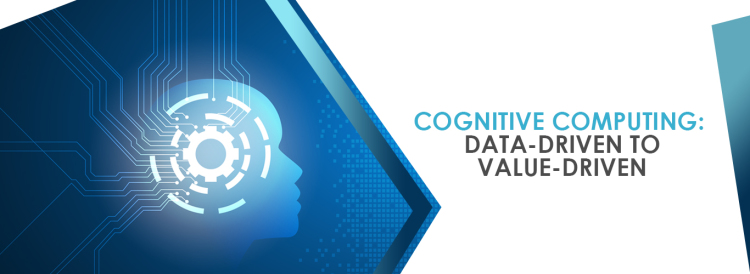
MMS • RSS
Article originally posted on Data Science Central. Visit Data Science Central
Positive technological advancement is in the technology’s ability to augment human intelligence or performance; it’s what makes cognitive systems relevant – the ability to interpret, analyze, learn, and reason without constant human involvement. And that’s where things get interesting. With the inherent ability to now understand the context behind the content, cognitive computing is taking the Big Data world by a storm, transforming the ordinarily data-driven ecosystem into something value-driven.
In time, there are expectations and opportunities that might enable users to turn data into more than just information. What do we mean by that? The possibility of transforming data into knowledge, or maybe wisdom even comes to mind.
The Era of Cognitive Computing
The data revolution is experiencing unprecedented scale, the involvement of software-defined storage technologies, cloud architectures, and the performance and breakthrough economics of high-density storage systems. This has established several new use cases in process mining, process discovery, and process optimization. In fact, the enablement of storage, access, and transformation of data at scale, allows IT resources to launch new services and applications to break into the era of cognitive computing.
Areas of Upcoming Change Favoring Cognitive Computing
At a surface level, there are possibly four areas of change that might propel cognitive computing into the spotlight.
- Lowered Human Interaction
- Deep learning has enabled cognitive systems to become more mature; this is only boosted with the involvement of pattern recognition algorithms, natural language generation and processing, neural nets, and collaborative robots. This provides an opportunity for a seamless experience without human interaction or interference – something we are beginning to increasingly witness in human-less grocery stores with virtual assistants, driverless car services or semi-autonomous driving, manufacturing plants, and automated eateries.
- Function-as-a-Service (FaaS)
- Serverless computing and FaaS are beginning to change the definition of developer job roles. It is now possible to focus on application development without needing to build it for a specific configuration. We see it happening through automatic sequences, which is great value for IoT gateways and edge devices.
- Simulated Conversations
- Cognitive tools such as the modern-day chatbot are now able to deliver simulated conversations, leveraging machine learning to mimic human interaction and other conversational tendencies. They are also increasingly becoming a reliable tool to gather business intelligence. In fact, many technology platforms now allow developers to build chatbots on their platforms – marking a positive step in the advancement of artificial intelligence through responsive technology.
- Edge Computing
- IoT devices are expected to reach the 50 billion mark by 2020, but the bandwidth available to support said connected devices are not likely to be as sufficient to keep pace. IoT devices are known to require high data processing capabilities and analytics optimized to speed and with short response times – think healthcare-based IoT devices where even milliseconds between communications matter. This is difficult to implement with an architecture that involves sending data to a centralized cloud. But with edge or fog computing, it is possible to solve bandwidth-related issues by delivering almost real-time analytics with faster local processing.
It is hard to deny the power of data, and companies are beginning to generate more value from it on an almost daily basis. This enablement is made possible by the combination of machines and people. Machine learning, artificial intelligence, and deep learning are nothing new, but we are now able to harness the data required to make these algorithms smarter, more intelligent. These algorithms have become commodities, a valuable strategic asset for successful business outcomes. And computational power enabled by cognitive systems make it possible to handle said algorithms and help with unsupervised learning.
It’s necessary to transform data into information, but there’s more value in evolving data to represent knowledge and eventually – wisdom. We aren’t far from being able to do this, and all it’ll take is the right combination of technologies such as deep learning, natural language processing, augmented intelligence, and pattern recognition.
Jay Nair – Chief Operating Officer, Marlabs Inc.
As the COO, Jay has played an important role in accelerating the transformation of Marlabs into a digital services and solutions provider. He spearheaded the Digital360 initiative, which offers a complete suite of digital services across industries. Jay’s broad and varied business experience and skills helped Marlabs incubate NexGen technologies that provide outstanding business value. He also played an important role in transforming the company from a small group of 15 to more than 2,300 employees globally, growing into a $100 million company.

